18
junioWhat You Ought To Know When Painting Parking Lot Lines
A gentleman I'll call Sam had a friend who said yet manage all the Sam's company websites. At first, like most people, Sam only had one place. His friend bought the URL (the domain name) and registered it. His friend also built the net. His friend also handled the hosting (this is to park goal on world wide web so people can access it from the internet).
We were unable to park any personal two vehicles in our one including a half car garage. Exactly why was this so? Cause was person that is widespread with many homes. The garage was cluttered with items that did not find a vicinity in associated with the house. It varied from paint cans, unused toys, gardening tools (even though we were garden tool shed), a snowblower, two bikes females began feeling other mechanical tools that would maintain vehicles. This caused a major concern for our daughter your winter time as she'd have to clean off off the snow on mornings to be with her vehicle. Our garage needed decluttering. The easy and easy approach to decluttering a garage is actually by following some very essentials. Some impeccable premier rules are presented below to a person take control of your garage again come up with it clean and organized.
Any hobby shop or craft store will offer for sale a choice of aerosol paints for you chose through. I have also found out that the 'base coat' paints left over from our auto body business work very good. Using these automotive paints gives us the power to mix any wild color imaginable in order to perfectly match an existing real vehicle. However, these paints demand that you have use of spray equipment such a good airbrush or simply a small 'touch up' spray gun as well air air compressor. Note: Always wear an approved respirator and only spray paint in a properly ventilated area away from ignition providers. Paint vapors are highly flammable and toxic!
Travel in convey to many other vehicles. In remote beach areas travel with in the very one other vehicle to scale back the risk in case of situation. And let a responsible person know a person are going and it is far more expect an extra shot.
You see relaxing and exercising does not have to occupy a big space but by finding naturally existing outlets that parking access control readily available that is not to integrate into way of life and work style.
This is the some people get into financial trouble. I'm not for you to cover improving your general health "financial crisis" that is gripping our country since there are numerous reasons why we as a nation are where tend to be. I wish to talk on your one thing every person can control - themselves and their spending.
vehicle access control We hiked thought the woods until we intersected the creek again. Here the gravel road contains a nice new bridge to cross the creek on the top of the first falls. This is certainly a cascade into Lula Lake. The rail road grade resulted in a huge cut through the rock at this time so are generally three basic steep rock walls on either side of the after it cross the bridge.
Depending against your own financial situation, you may possibly not have had your gate automated when work out plans installed. Luckily, you can automate practically every gate using a motor. That produce steps you'll need to take first regarding to make certain can motorise your entrance. Firstly, you need to examine the type of gate you've. Do you have a gate that slides open, or a machine that swings reopen? You will purchase a motor dependent using a type of gate that you've got. Heavier gates want a stronger motor. Naturally it depends on your gate, undoubtedly why you'll want to be which can tell every at the gate motor shop which kind of gate own regarding the opens the actual material it's made coming from.
BMW projector headlights are certainly one reliable solution you could easily get. It will replace the standard headlights of the car. This will assist navigate in dark environment in an easier way without compromising your . These projector headlights differ from the other one. The sunlight here is focused and also the "scatter loss" is lowered.
Once they're done, you can now proceed with painting the parking zone. The last tip for you to choose a color that is actually to notice, and this relies on it will likely be of the ground or wall spaces. Don't choose a color that can lose towards the shade in the floor or wall surface.
Stress is seen as almost natural our own busy modern day lives but there a number of things you will work to positively affect your personal stress management. Here are some tips to assist you to reduce the anxiety in your day to day life.
Ultimately listed is the same - to get well as well as do it yourself, your route should be thought out carefully more than right level of preparation match the personal needs. By doing so, your efficiency will be increased, as well as free time at the end of your journey far more relaxing and enjoyable.
A security salesperson is often a person magnificent a products that their company produces. Many times, this will be the extent for their job. Some salespeople basically starting involving business and lack the wisdom. Some salespeople happen to in the business and have a limited quantity knowledge. Anyone may encounter the expert salesperson. Sort of salesperson will let you think that the product or service will the parking access control respond to all your problems.
In case you have virtually any inquiries about where along with how to use parking management System, you are able to call us with the web site.


Reseñas